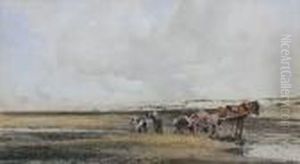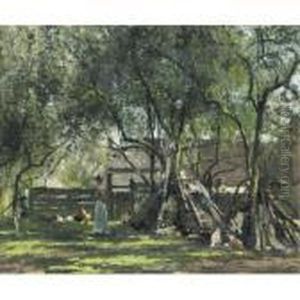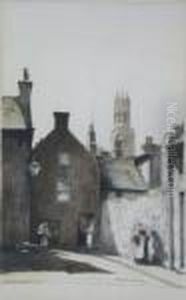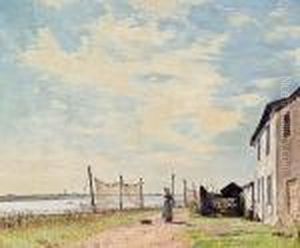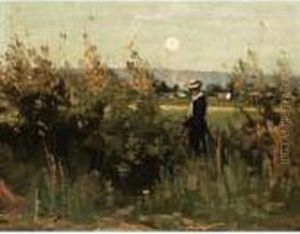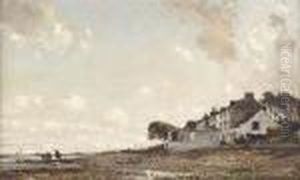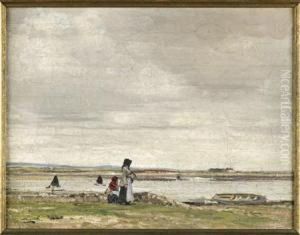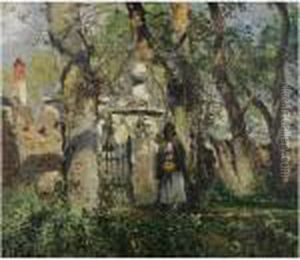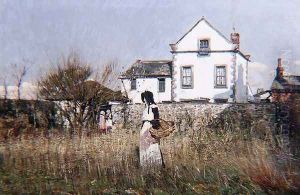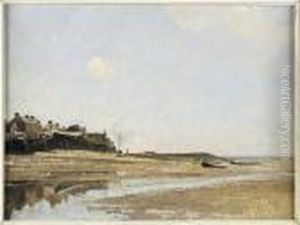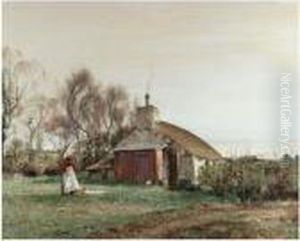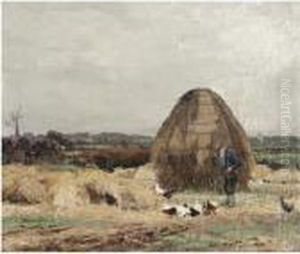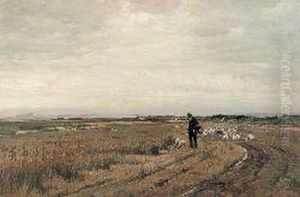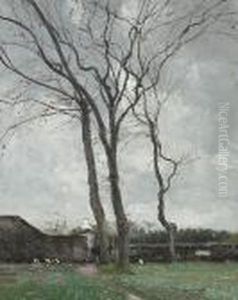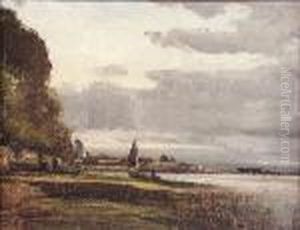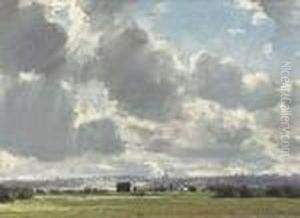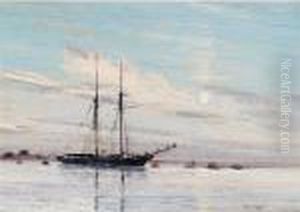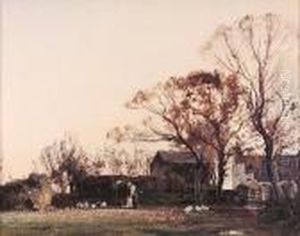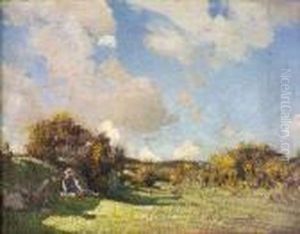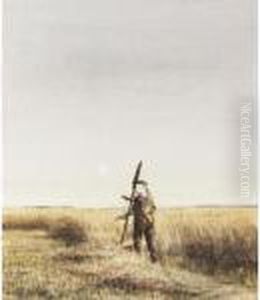William Page Atkinson Wells Paintings
William Page Atkinson Wells was a British artist known for his work as a painter and illustrator. Born on May 14, 1872, in London, England, Wells developed an interest in art at a young age. He pursued his artistic education at the Royal College of Art in London, where he honed his skills and developed a unique style that was influenced by both the traditional British landscape painting and the emerging modernist movements of the time.
Wells's career began to gain traction in the late 19th and early 20th centuries. He exhibited his work at various institutions, including the Royal Academy of Arts and the Paris Salon, earning recognition for his landscape and portrait paintings. His illustrations were also featured in several magazines and books during this period, contributing to his reputation as a versatile artist.
In addition to his painting and illustration work, Wells was a member of several art societies, which played a crucial role in the development of the British art scene in the late Victorian and Edwardian eras. He was a part of the Langham Sketching Club and the Chelsea Arts Club, where he interacted with other prominent artists and intellectuals of his time.
Throughout his career, Wells was known for his ability to capture the essence of the English countryside, with a particular focus on the effects of light and atmosphere. His landscapes often depicted the rural settings of England and reflected a sense of tranquility and natural beauty. This approach made him popular among art collectors and the general public who were drawn to the idyllic representations of the English landscape.
William Page Atkinson Wells continued to paint and contribute to the art world until his untimely death on October 29, 1923. Although his name may not be as widely recognized as some of his contemporaries, his work remains appreciated by art historians and collectors who value the contributions of British artists to the landscape genre during the turn of the century.




